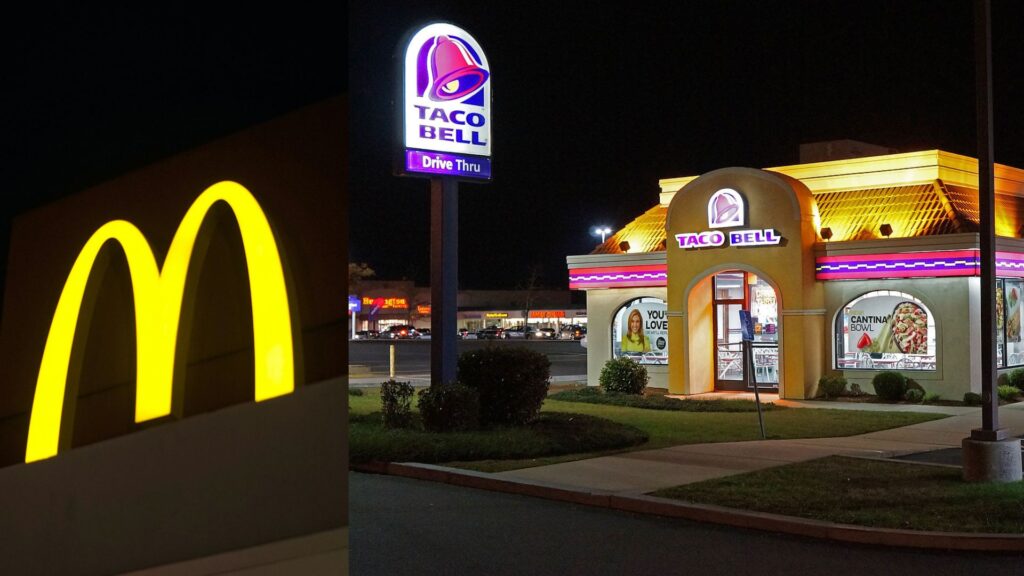Fast-food chains have been hiking up their prices, citing reasons like increasing food costs, labor shortages, and even global events.
As a result, customers are starting to shy away from their usual quick eats, turning instead to either home-cooked meals or dine-in restaurants that seem to offer more for their money.
A Sharp Turn in Pricing Practices
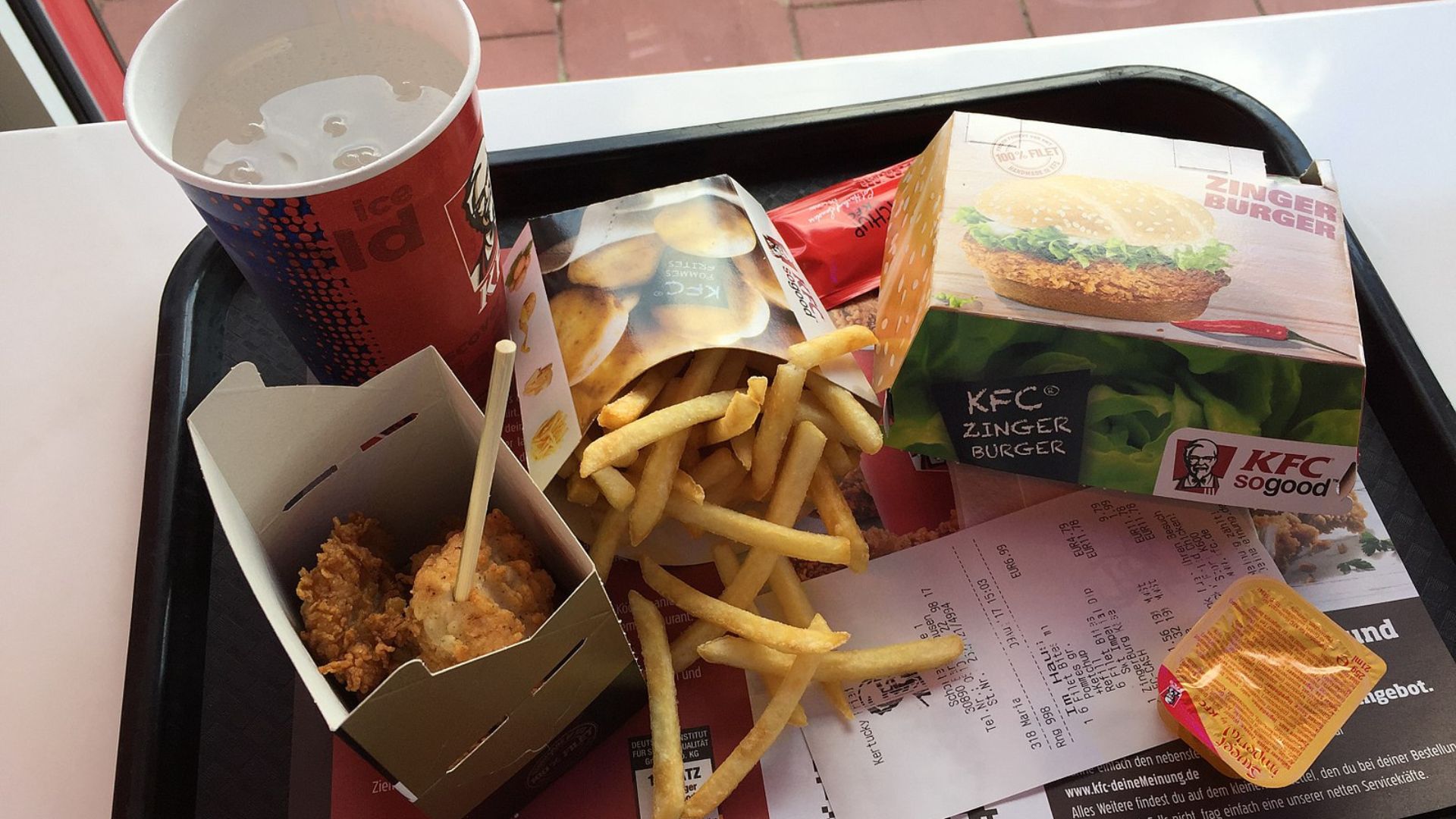
According to Sara Senatore, a restaurant analyst at Bank of America, there’s been a sharp pivot in how fast-food restaurants handle their pricing.
Normally, prices would tick up by about 2% each year, but come 2022 and 2023, some places have ramped that up to double digits, Business Insider learned from Senatore.
Stabilizing Prices, Growing Impatience
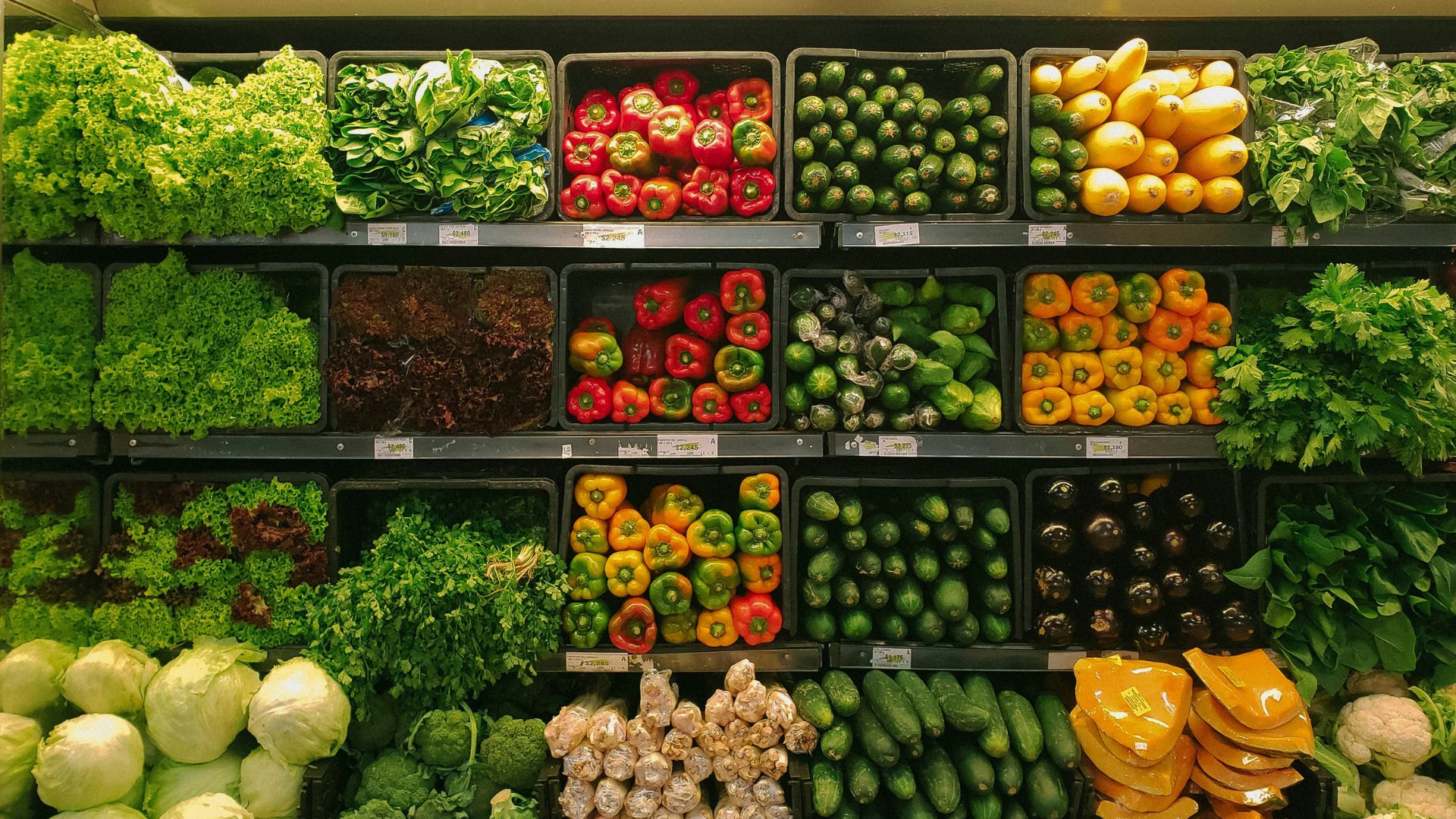
As the overall inflation and grocery prices begin to level off, consumers are expected to have less patience for continued hikes in dining costs.
This shift is part of a larger trend of spenders tightening their belts and re-evaluating their budget allocations amid broader economic pressures.
Scaling Back: A New Norm
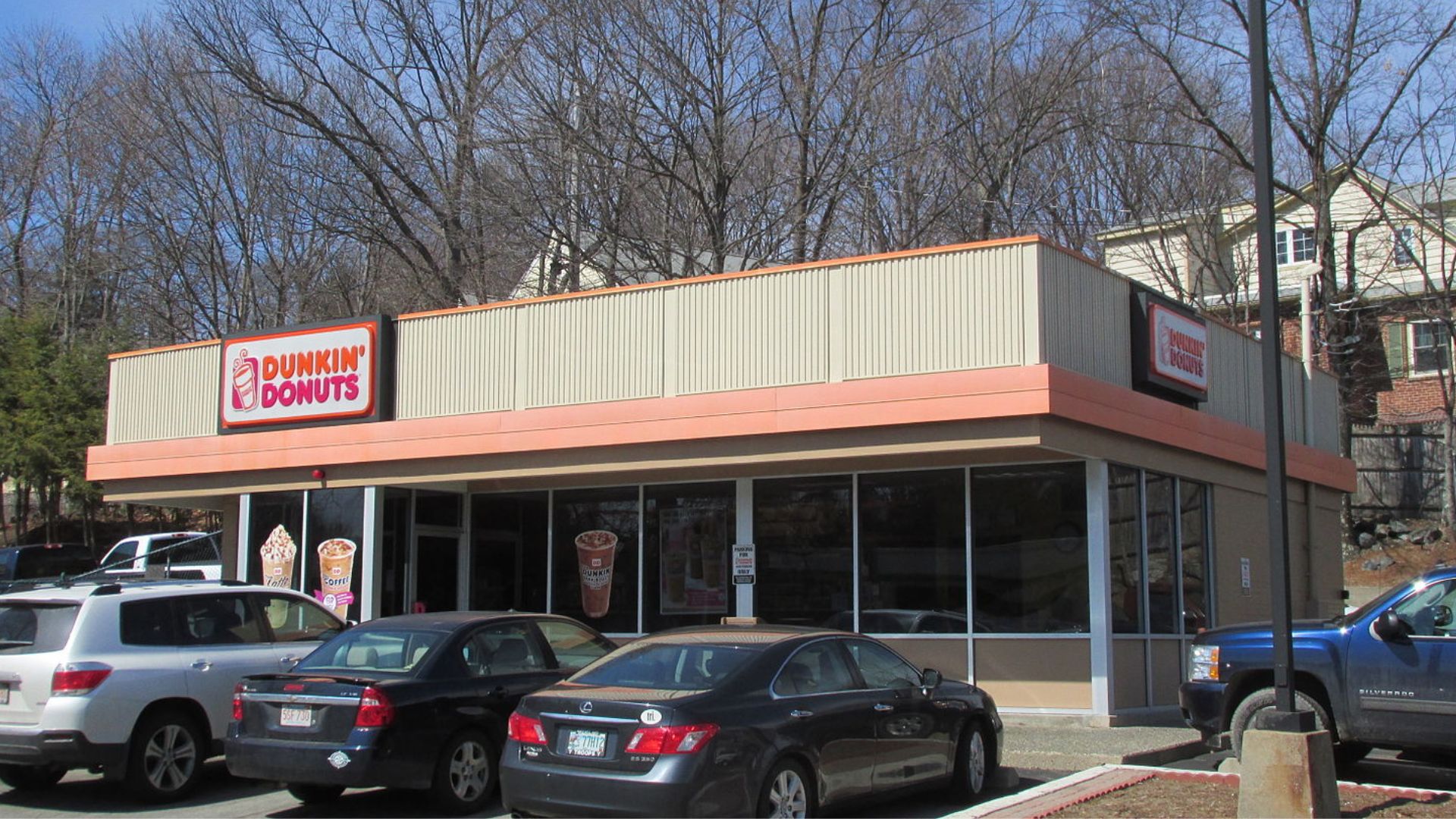
Warren Colehour told Business Insider about his drastic cutback on Dunkin’ visits.
Once a daily patron, the 40-year-old student from Kentucky now only goes about four times a month, deterred by soaring costs: “I can’t bring myself to spend $8 on that food.”
The End of the Dollar Menu
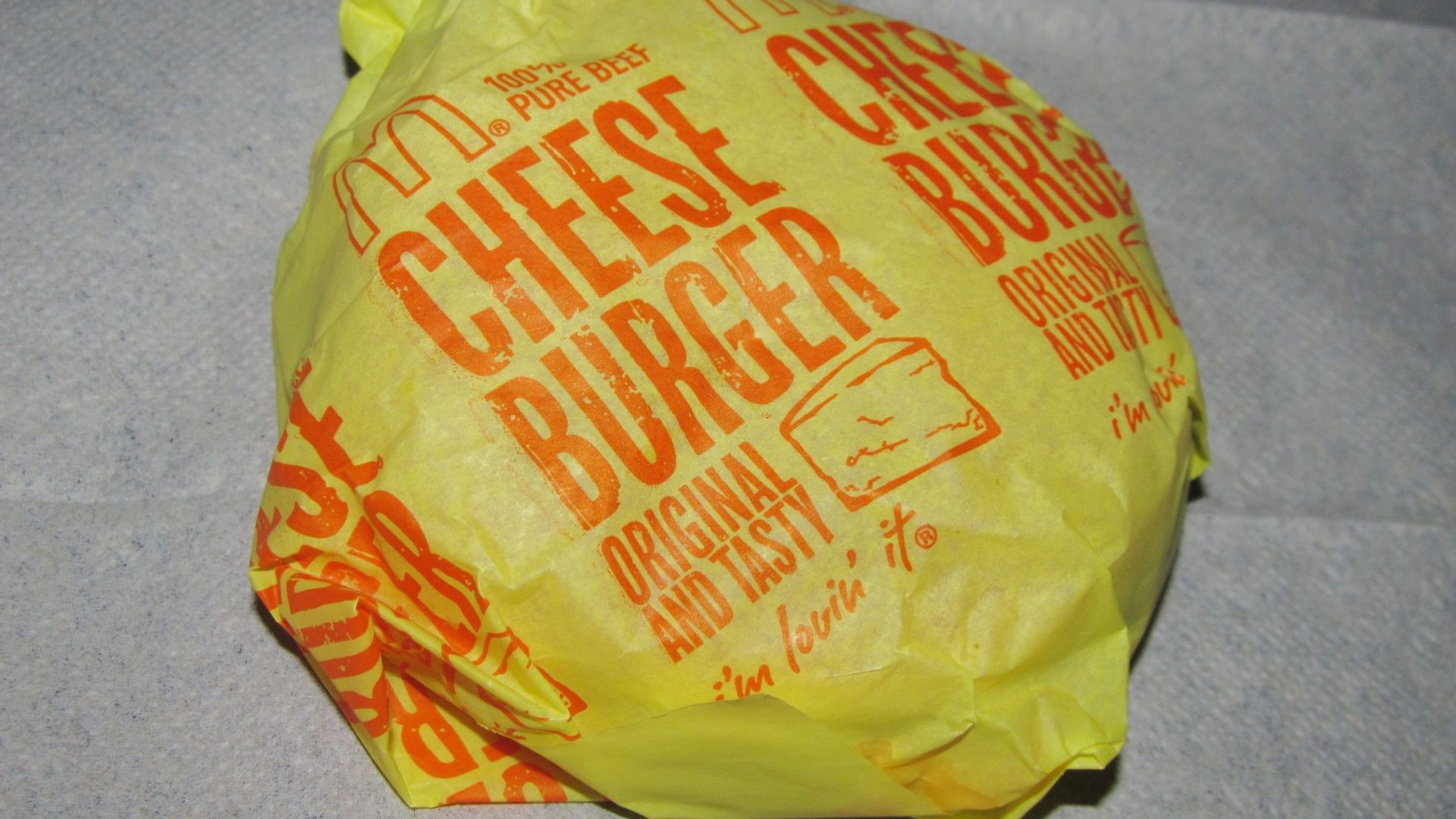
The value menu at McDonald’s is a thing of the past, as Chad Frye, a regular visitor, observed.
He explained, “You could go into McDonald’s and there would be a whole array of choices on a value menu, and they used to call it the dollar menu, and you can’t get anything in there for a dollar anymore.”
Paying More, Enjoying Less

Price hikes are not only affecting wallets but also how customers perceive food quality.
Frye feels the increase in prices has made the food less enjoyable. “I think mentally you maybe don’t think it tastes as good anymore because you’re paying a lot more for it,” he said.
Roadside Dining Becomes a Luxury
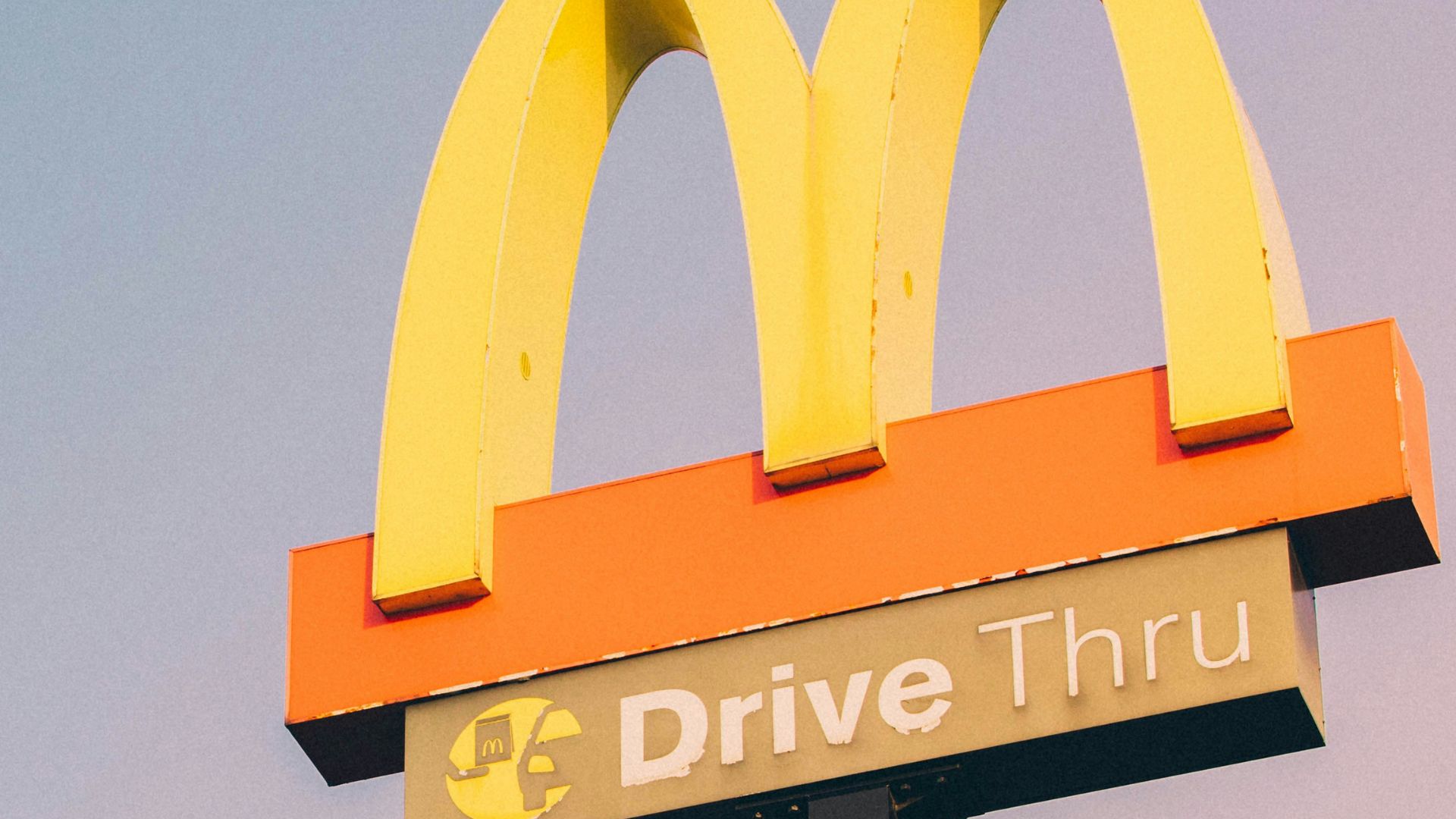
For truckers like Martin Jennings, finding affordable fast food on the road is becoming increasingly hard.
He shared, “It’s just so expensive that we try to avoid it,” opting instead to bring along home-cooked meals.
McDonald’s Tackles Price Perception

A McDonald’s USA spokesperson emphasized the chain’s effort to balance pricing with value.
They told Business Insider, “McDonald’s always strives to strike the right balance of value for money,” encouraging customers to utilize their app for special offers and free items.
More Diners Opt for Full-Service Restaurants
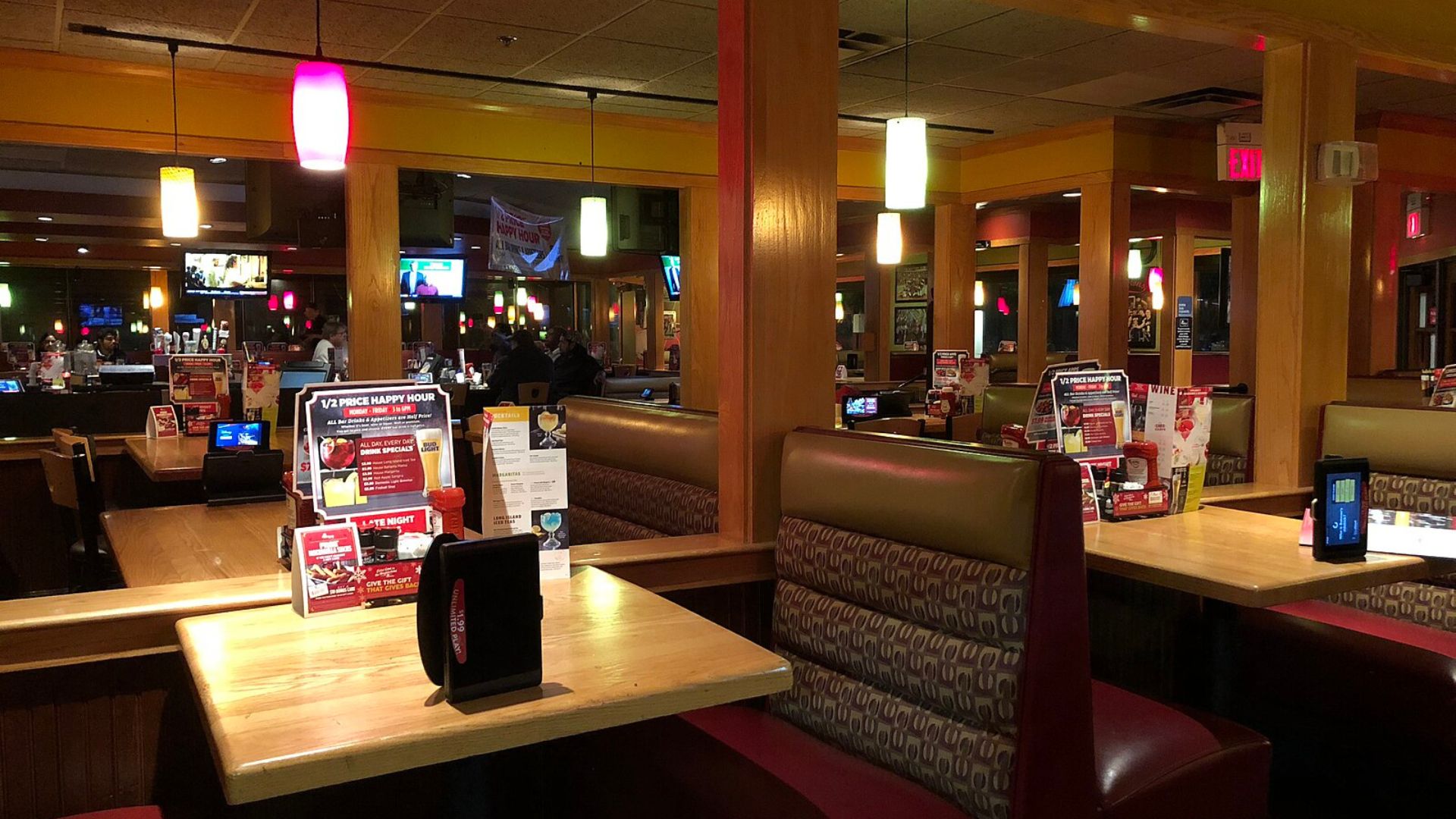
With fast food prices creeping up, diners like Ben Heyworth are finding better value in sit-down restaurants.
He said that he prefers the food, service, and atmosphere at these places, which now cost about the same as fast food.
Bargain Hunting Amidst Rising Costs
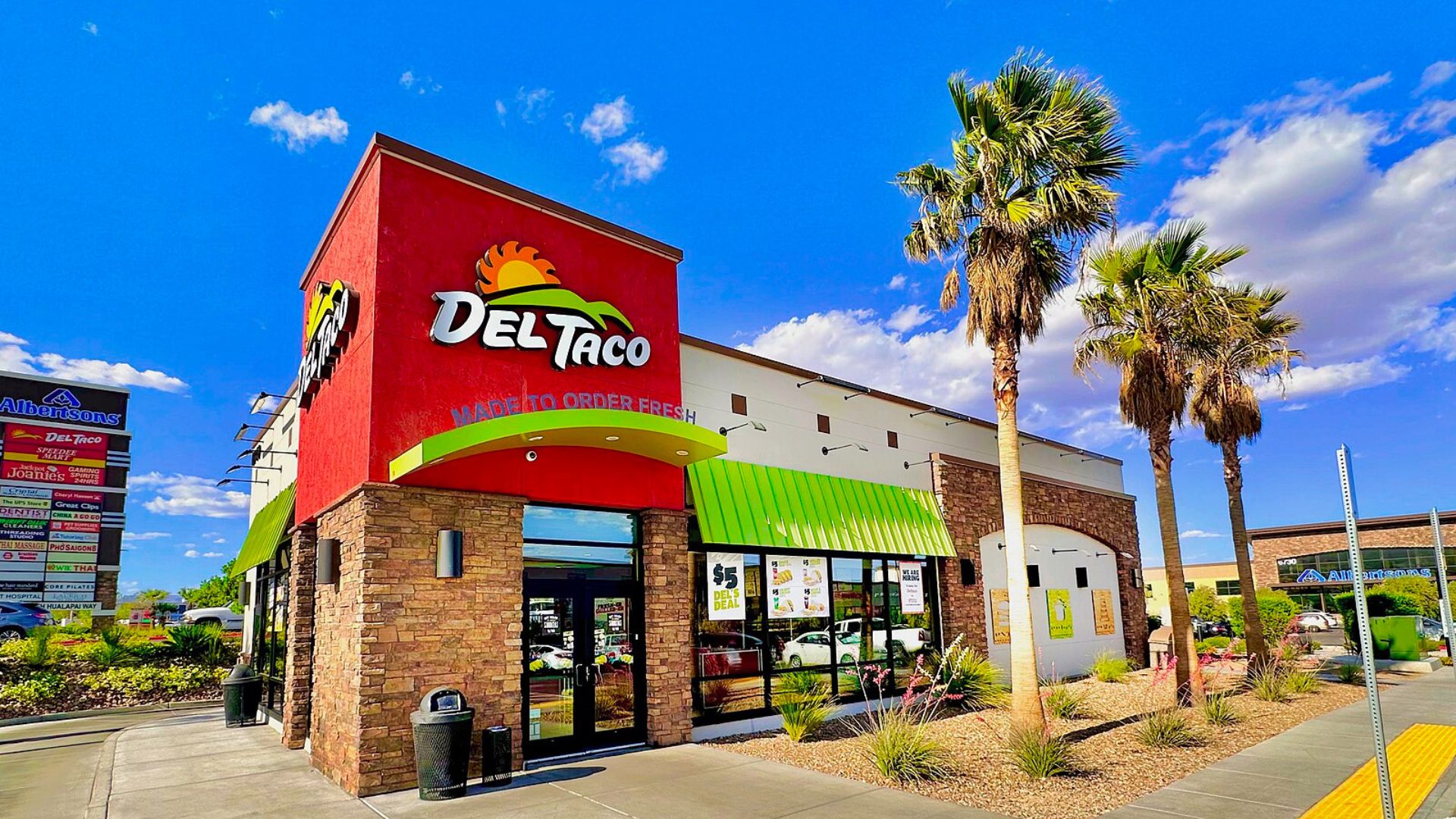
Richard McConnell, a 58-year-old Oregonian, is keeping a keen eye on deals to stretch his dining dollar further.
He told Business Insider about spotting deals like “Del Taco’s three tacos for $2 deal on Tuesdays,” as part of his strategy to combat rising food prices.
Loyal Customers Stick Around
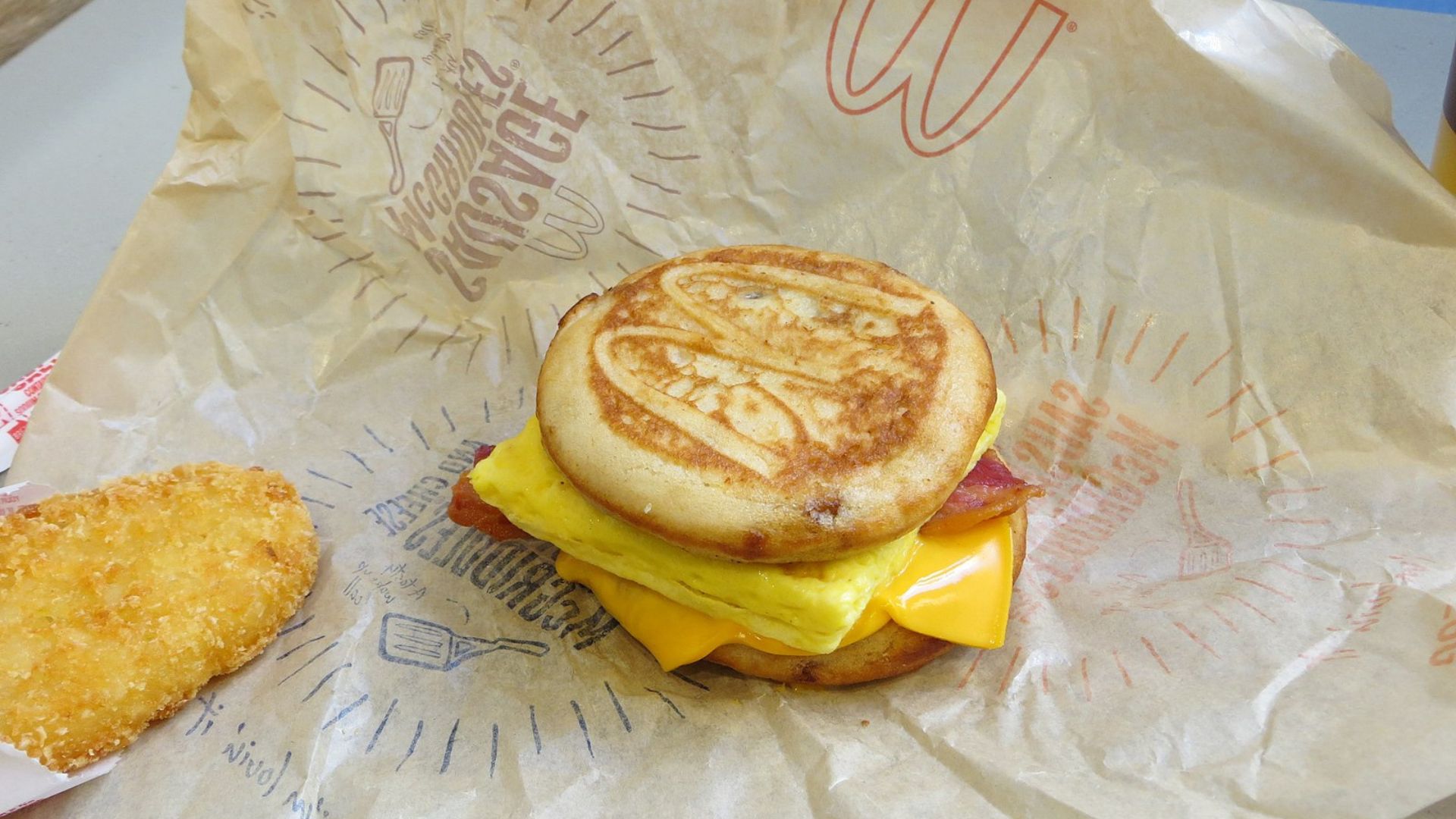
Despite the price increases, fast food still has its loyalists. Ricardo Rodriguez, a semi-retired finance worker in California, is one of them.
He said, “Even if they were to raise the price on the McGriddle sandwich, I probably would still go and buy it,” stressing his continued patronage.
Fast Food at a Crossroads
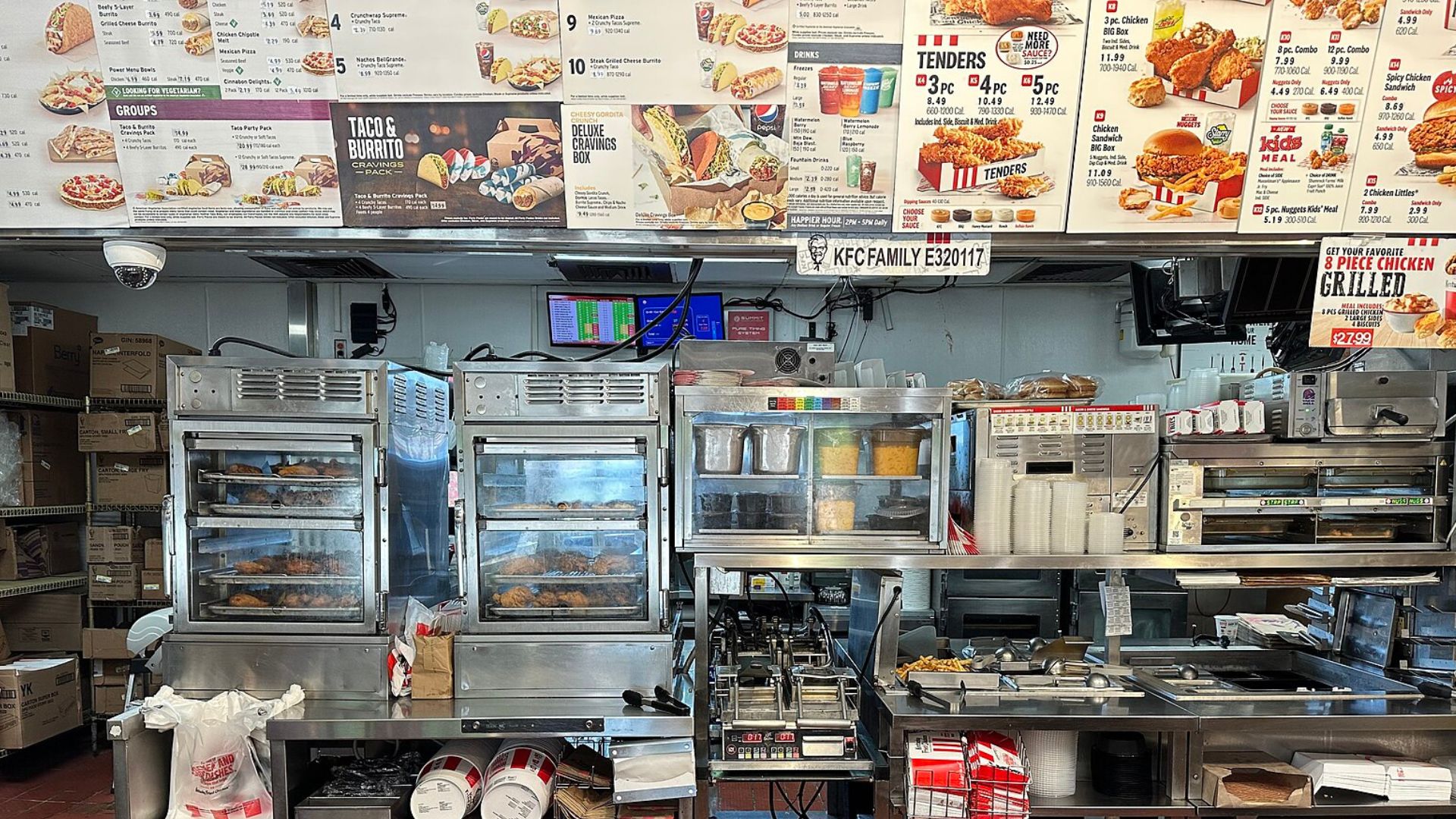
The fast-food industry finds itself navigating through a period of significant change, balancing price increases with maintaining customer loyalty.
As some consumers cut back, others adapt by leveraging apps and promotions to lessen the impact of rising prices, a trend that shows the industry’s ongoing efforts to keep pace with consumer expectations.
